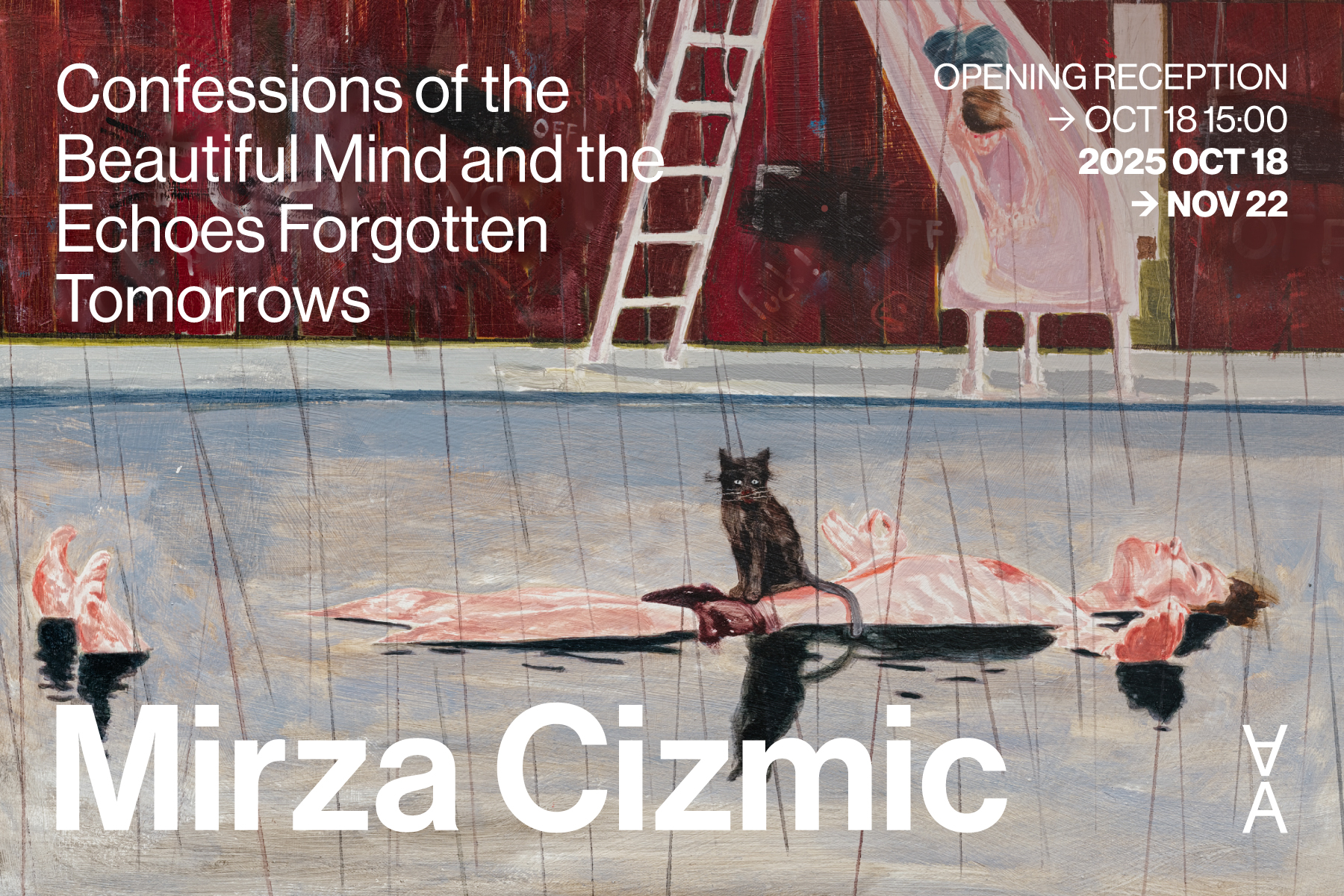빛과 바람의 노래
2024. 3. 7 - 4. 8 | [GALLERIES] SONG ART GALLERY
차우희

Installation View at SONG ART GALLERY
이번에 발표되는 드로잉은 1990년대 지속되었던 <오딧세이의 배> 연작 중에 나온 것이다. <오딧세이의 배>라는 시리즈에 관계되면서도 동시에 독립된 영역으로 볼 수 있다. 그것은 드로잉이 갖는 독특한 성향에서 비롯되는 것이다. 완성작을 위한 발상의 메모가 아닌 점에서 그렇다.
드로잉은 먼저 선으로 시작된다는 점에서 동양의 예술, 동양적인 특성을 강하게 지닌다고 볼 수 있다. 상대적으로 서양에서의 선은 마침내는 어떤 구체적인 대상의 표현으로 제작되는 점에 비해 동양에서의 선은 때때로 아무것도 표현하지 않는 그 자체로 남아있다. 선은 선으로 태어나면서 스스로 자립하게 된다는 것이다.

Ouhi Cha, Untitled, 1990, Oil on paper, 102 x 76 cm, detail
이 자동기술적인 성향은 작가에게 예기치 않는 정신적 충격을 주게 된다. 작가가 자신이 시도해 놓은 드로잉에 영향을 받는다는, 어쩌면 모순된 상황을 빚어내게 된다. 이는 드로잉의 에너지이자 매력이기도 하다. 드로잉은 태생적으로 본격적인 회화에 앞섬으로써 언제나 깨어나는 감수성으로 자신을 에워싼다. 작가가 자신이 그려놓은 드로잉에 감화받는다는 것은 이에 연유한다.
그렇다고 해서 드로잉을 앞에 한 인물이 어떤 연상도 하지 말라는 이야기는 아니다. <오딧세이의 배>에서 엿볼 수 있는 거대한 돛폭을 떠올려도 좋다.
거센 해풍에 찢어진 돛폭을, 그리고 햇빛에 부서지는 바다의 물결, 불어오는 해풍, 배를 따라오는 바다새의 울음을 연상하는 것도 가능하다. 찢어진 돛폭을 이르려는 노꾼들의 팽팽한 긴장감을 느낄 수 있어도 좋다.

Ouhi Cha, Untiltled, Mixed Media on canvas, 47.5 x 37.5 cm
나의 작품을 두고 “동아시아의 평정과 서양의 운동감의 긴장 관계”라고 논평한 독일의 미술평론가 비겐슈타인의 말을 떠올려보는 것도 무방하다. 때로는 “최소한의 색과 형태”의 의미를 음미해도 좋으며 “보이는 흔적과 보이지 않는 심연”이라고 평한 평론가 김영순의 언급을 떠올려보는 것도 작품을 보는 깊이를 더해줄 것이다.
드로잉은 순간에서 일어나 순간에 끝난다. 그러면서 반복이라는 순환을 지닌다. 그래서 드로잉은 반추하는 사유의 형식에 가깝다고 본다. 언제나 비어있으면서 동시에 차 있는 상황을 이어간다. 그러기에 드로잉은 작가에 속해 있으면서도 작가의 영역을 벗어나려고 한다. 자유를 구가하려는 속성과 이를 통제하려는 작가의 의지가 때때로 팽팽한 줄다리기를 시도한다. 드로잉의 매력은 여기에 있는지 모르겠다.
차우희
송아트갤러리
서울시 서초구 서초중앙로 188, 아크로비스타 아케이드 B133
82 2 3482 7096
[GALLERIES] SONG ART GALLERY
- Dates
- 2024. 3. 7 - 4. 8











